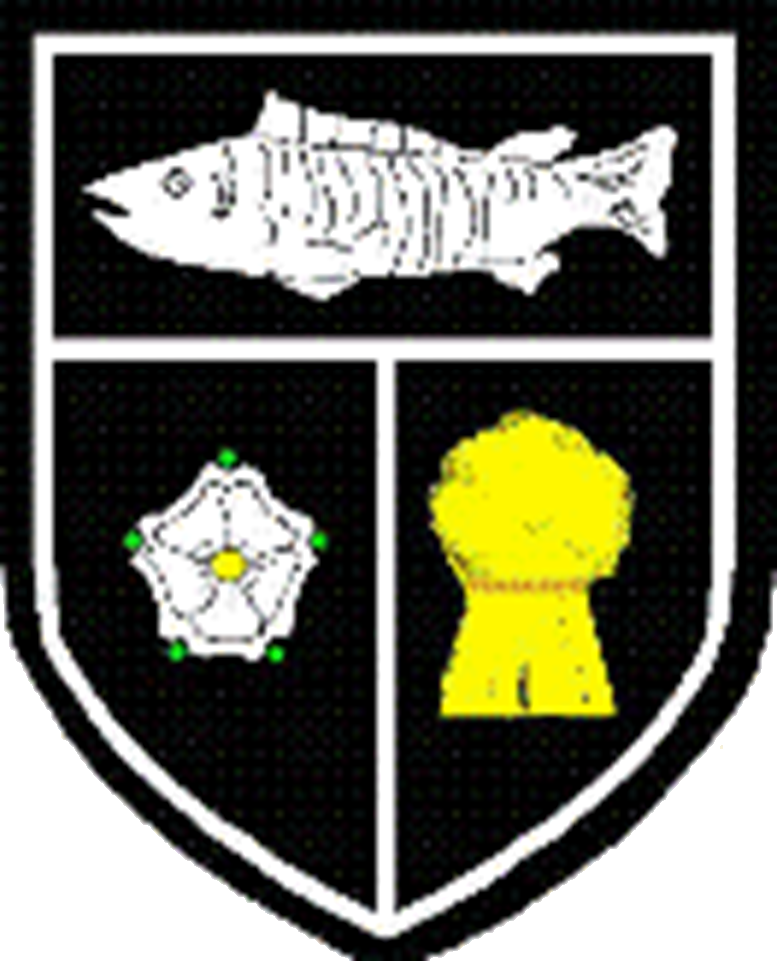Monday 11th May 2020
Dear Parents/Carers,
Following my letter, which was distributed earlier today, the Department for Education (DfE) have released two key documents:
- Coronavirus (COVID-19): implementing protective measures in education and childcare settings – gov.uk/government/publications/coronavirus-covid-19-implementing-protective-measures-in-education-and-childcare-settings/coronavirus-covid-19-implementing-protective-measures-in-education-and-childcare-settings
- Actions for education and childcare settings to prepare for wider opening from 1 June 2020 – gov.uk/government/publications/actions-for-educational-and-childcare-settings-to-prepare-for-wider-opening-from-1-june-2020/actions-for-education-and-childcare-settings-to-prepare-for-wider-opening-from-1-june-2020
These documents contain a vast amount of information and I would urge you to read and digest their contents. I will, however, attempt to highlight some of the key points:
- From the week commencing 1 June at the earliest, we will be asking primary schools to welcome back children in nursery, reception, year 1 and year 6, alongside priority groups.
- The three year groups within mainstream primary have been prioritised because they are key transition years – children in Reception and year 1 are at the very beginning of their school career and are mastering the essential basics, including counting and the fundamentals of reading and writing, and learning to socialise with their peers. We know that attending early education lays the foundation for lifelong learning and supports children’s social and emotional development. Year 6 children are finishing Key Stage 2 and are preparing for the transition to secondary school, and will benefit immensely from time with their friends and teachers to ensure they are ready.
- Our ambition is to bring all primary year groups back to school before the summer holidays, for a month if feasible, though this will be kept under review. We will only welcome back additional year groups if the most up-to-date assessment of the risk posed by the virus indicates it is appropriate to have larger numbers of children within schools. The safety of children and staff is our utmost priority.
- The majority of staff in education settings will not require PPE beyond what they would normally need for their work, even if they are not always able to maintain a distance of 2 metres from others.
- We know that, unlike older children and adults, early years and primary age children cannot be expected to remain 2 metres apart from each other and staff.
- For primary schools, classes should normally be split in half, with no more than 15 pupils per small group and one teacher (and, if needed, a teaching assistant). If there are any shortages of teachers, then teaching assistants can be allocated to lead a group, working under the direction of a teacher. Vulnerable children and children of critical workers in other year groups should also be split into small groups of no more than 15. Desks should be spaced as far apart as possible.
- Stagger break times (including lunch), so that all children are not moving around the school at the same time.
- Stagger drop-off and collection times.
It is my intention to contact parents/carers of the aforementioned groups (Reception and Years 1 and 6), over the next few days. This will be to discuss the proposals and hopefully answer your questions.
I realise, both as a Headteacher and a parent, that this information could generate a range of emotions and questions. As always I can be contacted via email: head@elvingtonprimary.org.uk.
Yours sincerely,
Mr. Andrew Buttery

